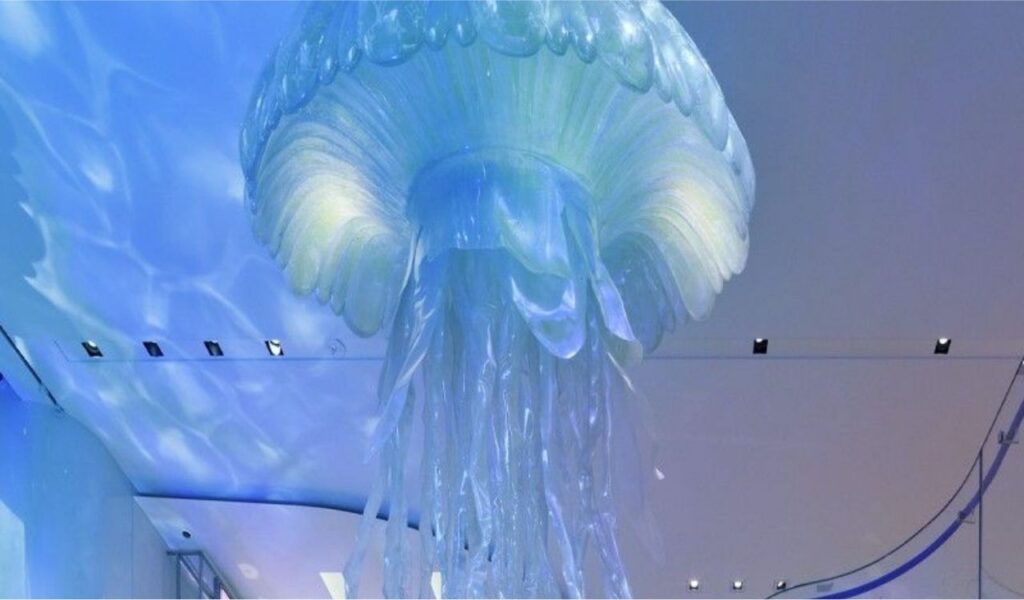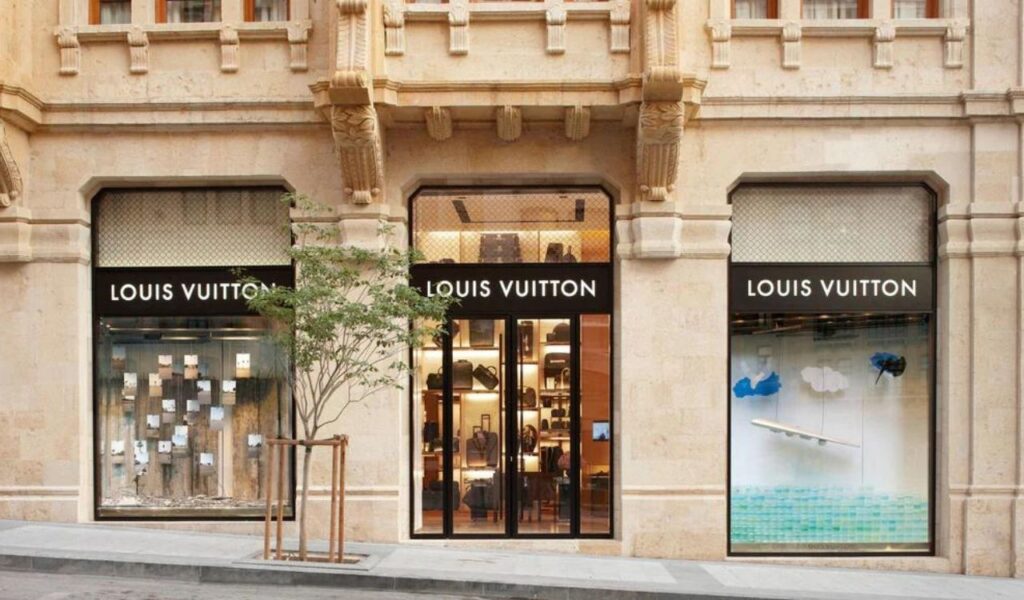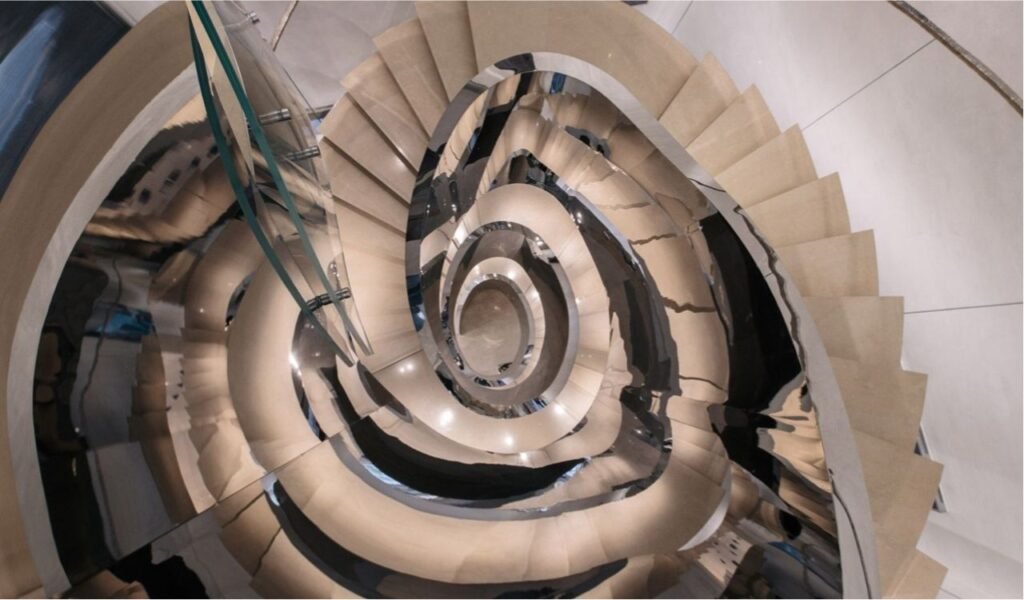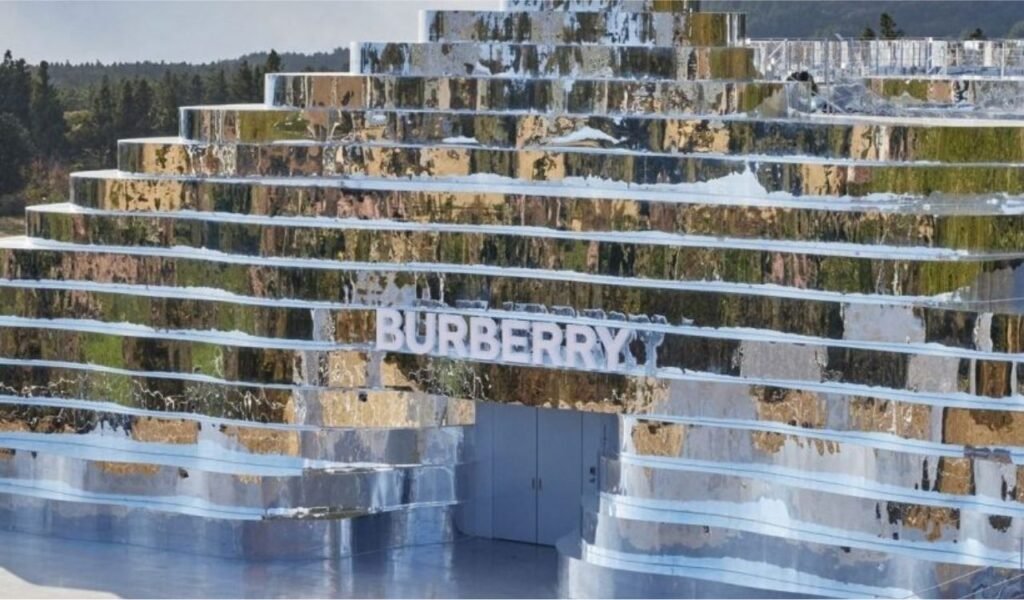Flagship shops are retail venues where the experiential, cultural, and branding elements take precedence over sales. The branding duties of luxury stores are critical in establishing new markets, cultivating current relationships, and instilling brand devotion among followers. Several marketing and architectural tactics are used by brands to achieve this goal.
“Fashion is like Architecture, it is a matter of proportions,” said Coco Chanel. The relationship between fashion and architecture has always been strong, as evidenced by recent collaborations between brands and well-known architects: consider the Whitney Bag, designed by Renzo Piano in collaboration with Max Mara, but most notably the Virgil Abloh for IKEA collection of home objects.
Since the architects became archistars, this conversation has been even more heated. As a result, many fashion businesses have enlisted the help of several well-known designers to create the interiors of their high-end boutiques. So, what was the outcome? A collection of art installations that resemble stores around the globe.
Table of Contents
Louis Vuitton
Louis Vuitton luxury store in Tokyo

In early 2021, the new Louis Vuitton boutique building in Tokyo, designed by Jun Aoki and Peter Marino, was officially unveiled. The new building, which is located in Ginza’s historic district, on the same street corner where the brand’s boutique has been since 1981, has an external glass surface that imitates water waves with iridescent reflections; the same aquatic and wavy theme is replicated in the interiors, which are decorated by a giant jellyfish sculpture and equipped with a wavy staircase. Inside, the store is divided into four levels, with a VIP lounge on the fourth floor.

New York, 5th Avenue

At the intersection of Fifth and 57th Streets, Louis Vuitton is right at home, not far from Central Park yet smack in the thick of Manhattan’s midtown shopping.
What was previously an Art Deco structure has been turned into a modern near to facade that is “a playfully elegant meditation on crystalline transparency and cloudy translucency,” according to architect Jun Aoki.
The three-story “Feature Wall,” which runs from the base to the top of the retail volume, is the focal point of the New York interior. The luminous wall can switch from vivid jewel tones to hazy pastels, and it may also be used as a display for still photos and films.
The cantilevered bronze-clad staircase and a hovering wall of vintage trunks are only two examples of the store’s light and fluidity, as well as its history and tradition.
Beirut

In the heart of Beirut’s bustling downtown district, Louis Vuitton is located. The periphery is lined with restored souks, cultured locals mingle with international visitors, and the golden architecture breathes life into the atmosphere.
The beautifully restored 1920s townhouse where Louis Vuitton calls home evokes a bygone era’s elegance.
Classic Vuitton signatures were imported into the restored townhouse by architect Peter Marino, including beige and brown marble stone floors, off-white bleached Aniegre wooden panelling, a metal ring netting posing as the monogram flower, and a collection of vintage trunks and luggage pieces displayed on the ground floor. It comprises two storeys with a total area of 270 square metres.
Vendome in Paris

The Place Vendôme, like the Château de Versailles, is among the most stunning specimens of 17th-century French creativity. It was only right for Louis Vuitton, as the worthy heir to this history, to build workshops and present its products in the heart of Place Vendôme, guaranteeing that the legacy lives on for future generations.
It commemorates the House’s triumphant return to the neighbourhood where, in 1854, a young Louis Vuitton launched his first store, kicking off a legacy that spans over 150 years.
The façade, designed by Jules Hardouin-Mansart, the architect of the Palace of Versailles, has been meticulously restored to its original architectural cadence.
The Maison Louis Vuitton Vendôme is housed in two hotels particuliers that New York-based architect Peter Marino has lovingly restored to its former splendour. The Vendôme Maison Louis Vuitton is a sophisticated blend of neo-classical proportions and contemporary forms, traditional materials and innovative processes, rich details and breathtaking artworks.
The Maison is a testament to savoir-faire and the force of restrained simplicity, from the street-level show windows and ironwork doors to the phenomenally high ceilings that give the first floor its sense of luminous expanse.
London

The building’s façade has been transformed into a kaleidoscopic explosion of the brand’s monograms, while the interior has been redesigned as a double-height gallery-cum-store. Sarah Crowner, Jim Lambie, Josh Sperling, and Farhad Moshiri are among the 43 site-specific artworks and installations strewn across the 17,500 sq ft store.

A striking double helix-shaped staircase runs the length of the store, anchoring the retail floor. It features an oak offset centre with concrete, pine, ash, acrylic, and LED lighting stacks by artist Matt Gagnon. Marino has also developed seating and furniture for the Louis Vuitton London Maison, as well as curating its antique collection.
The colourful ground floor is home to Virgil Abloh’s ready-to-wear clothes and shoe designs, which are overseen by Alex Gursky’s Dusselstrand, while the third floor is home to James Turrell’s color-changing Tall Glass LED screen artwork.
Dior pop-up store
Italy
Dior established a pop-up store in Capri in June, confirming her enthusiasm for the colours and atmospheres of the Italian summer: a one-of-a-kind boutique erected on the cliff and overlooking the Mediterranean. “We’ve emphasised the space’s correlation with the verdant world that surrounds it, leaving creepers free to access and widening the sea wide open,” Claudia Campone, founder of the THiRTYONE architecture studio, clarified. “The outcome is an en-plain-air store that offers an interactive customer experience.”


Seoul, South Korea
The Dior flagship store in Seoul, South Korea, is nothing like the summer shop in Capri, which blends in with the Mediterranean scrub’s creepers. It is, on the contrary, a far more lavish and commanding structure. The store, which opened in the summer of 2015, has a white sculptural exterior constructed of resin glass and fibreglass that is supported by a sail-shaped structure. Customers have guided up a staircase to the top floor, where their shopping day concludes with a drink at Café Dior.
Dolce and Gabbana, Italyscrub
Dolce & Gabbana is not known for its restraint. It has created the impression of a new Italian aesthetic in the globe over the years, thanks to its baroque and exaggerated attitude. Their store at Rome’s Piazza di Spagna, the Eternal City’s core, the centre of Italian culture and history, could not be more perfect. The shop, which is housed within the walls of a magnificent sixteenth-century palace, resembles a real Roman sanctuary with marble, ceramics, and frescoes. It was created with architect Eric Carlson and spans two levels.

Burberry
Mykonos, Greece
The Burberry pop-up store in Nammos Village, Mykonos is a plunge in the Mediterranean aesthetic, yet is inspired by the spirit and attitude of the Regent Street store in London.

The structure is presented in a palette of pistachio and beige tones, with blue and pink summer shades thrown in for good measure. Fixtures and decorations are made of various materials and textures throughout the store, ranging from plywood to mirrored and glossy finishes. The outside deck has TB Summer Monogram blue panelling and a wooden pergola inspired by traditional Mykonos structures.
Jeju, South Korea

Burberry’s pop-up event space on the South Korean island of Jeju takes on landscape architecture with a spin: the mirrored structure reflects the contour of the Hallasan mountain.
Envisioned Landscapes is the first in a series of site-specific pop-ups by the company to exhibit their clothing, and it examines the convergence of environment and technology.
The volcano-like structure has reflecting, undulating facades that are stepped, simulating topographic points on a map, and it’s the first of its kind on Jeju Island.
Three films by artists Maotik, Cao Yuxi, and Lia Jiayu, all addressing the relationship between nature and digital technologies, are being screened alongside the outerwear line within the pop-up building.
Visitors can browse the Burberry collection prior to ascending to the observation deck, which offers a panoramic view of the island’s south shore and Sanbangsan mountain.
Hermes, Tokyo

The French group Hermès had already come into contact with the world of architecture for the development of its Japanese headquarters, in the Ginza district of Tokyo, before opening the Parisian boutique in Rue de Sèvres, transforming the Art Deco spaces of the Lutetia public swimming pool into a shop.
The infrastructure project (6000 square metres of commercial space, Art déco, offices, exhibition and multimedia areas, and a French-style roof garden) was entrusted to an Italian team: architect Renzo Piano and Seves – Divisione Vetroarredo di Firenze, which created an unconventional glass brick to cover the entire exterior of the building. “Architect Piano’s proposal for the Hermès residence in Tokyo constitutes the highest contribution of the twentieth century to glass brick architecture,” said Enrico Basso, then-CEO of Seves.





